Tons of us use condoms, but most of us are too shy or embarrassed to talk about them. That’s a shame, because finding the right condom can make for a safer, much more enjoyable sex life.
With all the options out there, it’s easy to feel overwhelmed. But now you don’t have to. If you’ve ever had questions (e.g., which type of condom to use, if you’re using them properly, and where can you find the best brands), this post is for you.
Types of Condoms
There are countless varieties of male condoms out there, but they all fit into a few broad categories, based on the materials used to make them.
Here are the most commonly used condom-types, and the key differences that make them unique.
1. Latex
Latex condoms are the most common type on the market. Their roots date all the way back to 1855, when the first vulcanized rubber condom was produced (1).
In the United States, around 80% of condoms are manufactured using latex (2). Many of them are coated with a silicone-based lubricant.
Pros
- Least expensive of all types of male condoms.
- Tons of different varieties.There’s a huge selection of latex condoms on the market, whether you’re looking for different sizes, textures, sensations, colors, or flavors.
- Durability. Latex is very elastic; it can stretch up to 800% of its size. It holds up well against the heat and friction of sex (3).
- Effective at preventing unwanted pregnancies, STIs, and STDs (4, 5).
Cons
- Unusable for people who are sensitive or allergic to latex. About 1% of the general population has a latex allergy (6). It can lead to itchiness, a burning sensation, and (in more serious cases) breathing problems. How can you tell if you’re allergic?
Here’s a quick test. Buy a non-lubricated latex condom or a latex glove. Hold it in your hand for a while, or put on the glove. Then wait and see what happens. If you don’t notice any itching, burning, or breathing problems, you’re probably out of the woods. You can always see an allergist, and have them run a test for some extra peace of mind. - Degrade if used with oil-based lubricants. Oil-based lubricants (e.g., Vaseline, lotions, or coconut oil) have been shown to increase breakage rates in latex condoms (7). So stick to water-based or silicone-based lubricants.
Recommended Brands
- Crown Skinless Skin
- GLYDE Ultra Thin Premium
- Kimono Microthin
- L. Condoms Do {Each Other} Good
2. Polyurethane
Polyurethane condoms are made of synthetic plastic. They’re clear in color, with a texture similar to the cling-wrap used to cover leftovers.
Polyurethane condoms just arrived on the scene a few decades ago. They offer a different feel than latex condoms, as well as a safe alternative for those with a latex allergy (8).
Pros
- Can be used with water-based, silicone-based, or oil-based lubricants.
- Work well, even if you’re sensitive or allergic to latex.
- Wider (on average) than latex condoms. If you find latex condoms too tight, polyurethane condoms usually offer a less constrictive fit.
- Transmit heat better than latex. Some people report that the warming sensation enhances pleasure during sex.
- Effective at preventing unwanted pregnancies, STIs, and STDs (9).
Cons
- Less elastic than latex condoms.
- Higher breakage rate than latex condoms (10).
- More expensive than latex and polyisoprene condoms.
Recommended Brands
- Trojan BareSkin Non-Latex Supra
3. Polyisoprene
Approved by the FDA in 2008, polyisoprene is the newest type of condom on the market (11). It can be a great option if you’re allergic to (or just don’t like) latex condoms.
[tweet_quote]Polyisoprene is a relatively new type of condom, and it’s hypoallergenic, elastic, inexpensive and effective.[/tweet_quote]
Chemically, polyisoprene is the same type of rubber as latex. Both materials share many characteristics. But manufacturers remove the proteins, which cause most people’s allergies (12).
Pros
- Cheaper than polyurethane and lambskin condoms.
- Hypoallergenic.
- More elastic than polyurethane, but less elastic than natural latex.
- Effective at preventing unwanted pregnancies, STIs, and STDs (13).
Cons
- Tend to be thicker than polyurethane. The thickness could result in slightly less sensation during sex.
- More expensive than latex condoms.
- Degrade if used with oil-based lubricants. Just like regular latex condoms, stick with water-based or silicone-based lubricants to avoid increasing the risk of breakage.
Recommended Brands
- Durex Avanti Bare RealFeel
- Lifestyles SKYN
4. Lambskin
These male condoms are made from—you guessed it—lambs! It sounds strange, but manufacturers use a layer of membrane from the intestine, called the cecum. They’re the oldest type of condoms around, but they are only effective in preventing pregnancies, not STIs or STDs (14).
Lambskin used to be the only alternative for people sensitive to latex—until fairly recently, when polyurethane and polyisoprene condoms were introduced.
Pros
- Heightened sensation. Lambskin condoms are known to create a natural, “skin-to-skin” feel better than other types of male condoms. They also tend to be pretty thin.
- Effective at preventing unwanted pregnancies (15).
- Transmits heat very well. More heat can create a better sensation.
- Can be used with water-based, silicone-based, or oil-based lubricants.
Cons
- Don’t offer protection against STIs or STDs. This point really can’t be emphasized enough. Lambskin naturally contains tiny pores, which are too small for sperm to get through, but large enough for viruses and bacteria to slip by.
- More expensive than other types of condoms.
Recommended Brands
- Trojan Naturalamb
How to Use Condoms Properly

- Check the expiration date, and look for rips. In the heat of the moment, sometimes it’s hard to slow down. But it’s crucial to check the expiration date, and check any for rips—before you put on the condom. Rips can occur when you open the package, so be careful. If you have any doubts, just use another condom. Your safety and peace of mind are worth it—and so are your partner’s!
- Storage. It’s tempting to stick a condom in your car, wallet, or purse. But you have to watch out for heat and pressure. Studies have shown that they can degrade the integrity of the condom, making them more likely to rip during sex (16). Store your condoms in a cool, dark place (e.g., a drawer)— away from direct sunlight.
- The right fit. Condoms should be snug, but not so tight that they cut off circulation. The ring of the condom should fit securely around the base of the penis. You want it to unroll completely, while still ending close to the head of the penis. A poor fit increases the risk of breakage, or the condom slipping off. Fortunately, you can find male condoms made for all different penis sizes.
- Lubricant matters. Stay away from lubricants that degrade condoms. One of the most common issues is using oil-based lubricants on latex condoms—a big no-no for safety.
- Timing. Pre-ejaculatory fluid can carry STIs and STDs (17). So it’s important to put the condom on before any penetration. Remove the condom right after ejaculation, while the penis is still erect. This process helps prevent any sperm from leaking out. If you’re up for round two, always use a new condom.
Common Chemicals Found in Condoms
Figuring out which material you prefer for your condoms is just the first step. Next, you have to read through all the different labels, and figure out exactly which condom is best for you.
Manufacturers like to add lubricants and other chemicals, which are designed to create warming, cooling, and/or tingling effects in many of their condoms. Unfortunately, it can be tough to know exactly which ingredients they’re using, because a lot of it is protected as proprietary information (18).
Overall, your risk of harmful chemical exposure from condom use is minimal, but it’s worth paying attention to.
If all of this information sounds overwhelming, we’ve got you covered. Here’s a cheat sheet about the potentially harmful ingredients to avoid:
- Spermicide. Spermicides kills sperm on contact, offering additional protection against pregnancies. But the most common active ingredient, nonoxynol-9, can irritate the tissue of a woman’s vulva and vaginal lining. It doesn’t just ruin sex; it also causes “micro tears” that boost her risk of contracting STIs and STDs. Both the CDC and WHO agree that condoms with nonoxynol-9 should not be promoted and/or used for disease prevention (19, 20).
- Casein. Believe it or not, some condoms are made with this dairy protein, which can be an issue if you’re vegan or allergic to dairy. Great casein-free brands to look for are Kimono and GLYDE.
- Glycerin. This sweet-tasting preservative is often added to water-based lubricants. You don’t frequently see it listed as an ingredient. Much more research needs to be done, but some doctors believe that using glycerin-containing lubes can increase women’s chances of getting yeast infections— because it’s believed that yeast feeds off sugar (21).
- Parabens. Parabens are chemical preservatives used to prevent bacteria growth. They’re found in all kinds of things—even skincare products. They mimic estrogen in the body, and with enough exposure, can disrupt hormones. There’s even a correlation between paraben concentrations and breast cancer tissue (22). The FDA still maintains that parabens are safe at low levels of exposure, though the European Union has already banned some of them. Concerns about cumulative exposure are stronger than ever (23). Fortunately, brands like L., Sir Richard’s, and Sustain are all paraben-free.
For more in-depth information, check out our post about chemicals found in condoms.
How To Find the Best Condoms
Don’t wait till you’re on a date. Rushing to a convenience store and quickly choosing condoms from a meager selection can be stressful. You’re more likely to end up with condoms that you don’t like, don’t fit properly, or both.
There’s a lot less pressure and anxiety when you buy condoms beforehand. Fortunately, more and more websites are popping up that help us do just that. Now you can easily compare different features, materials, and prices online. If you want, you can even get the winners shipped straight to your door! At the very least, websites are great research tools, so you don’t have to spend a bunch of time in the condom section of a store.
Amazon is always a great place to start. You can also try specialty condom websites (e.g., Condomania and Condom Depot), which are awesome if you’re looking for less common types or want to buy in bulk.
The Bottom Line
All different types of condoms offer the same statistical effectiveness against pregnancy. With the exception of lambskin, they also prevent the transmission of STIs and STDs.
Choosing the best condom for you will probably take some experimentation. Factors like feel, cost, availability, and allergies come into play before you find a winner. It can be a lot of fun figuring out which condom is your favorite!
If you’re worried about the chemicals found in certain male condoms or their lubricants, seek out top-quality manufacturers. You can even make all-natural lube on your own. It’s encouraging that brands focused on organic options are gaining so much traction. And you can always browse online to collect the data you need to make an informed decision.
Your Turn
Finding a safe, comfortable condom doesn’t have to be overwhelming. With a bit of research and preparation beforehand, you can get the protection you need and truly savor every sexual experience— and have more of them too.
How do you decide which male condoms to buy? Do you research different options, or is it usually a spur-of-the-moment decision? Leave a comment below, and share your experience!
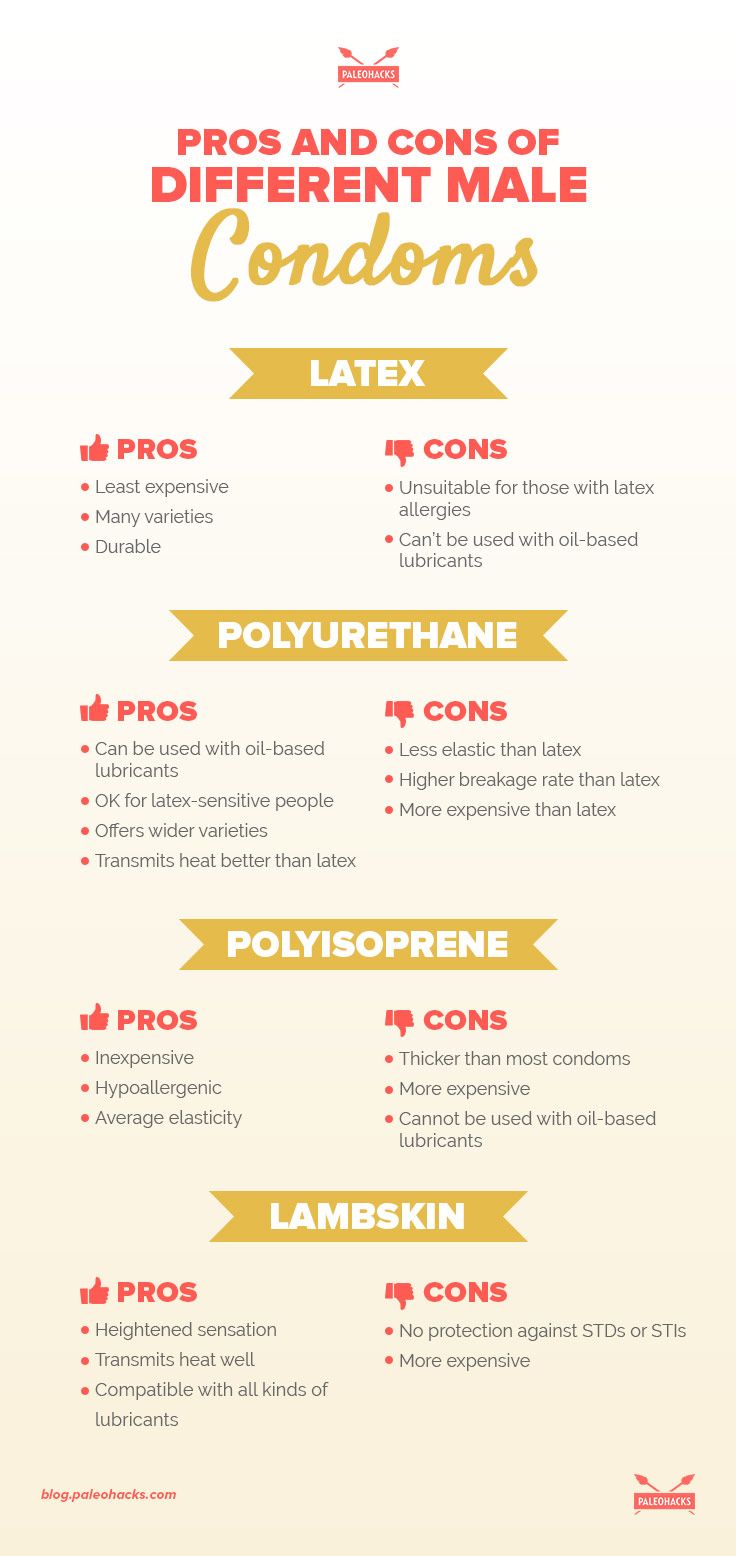

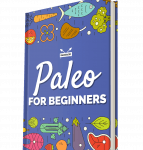
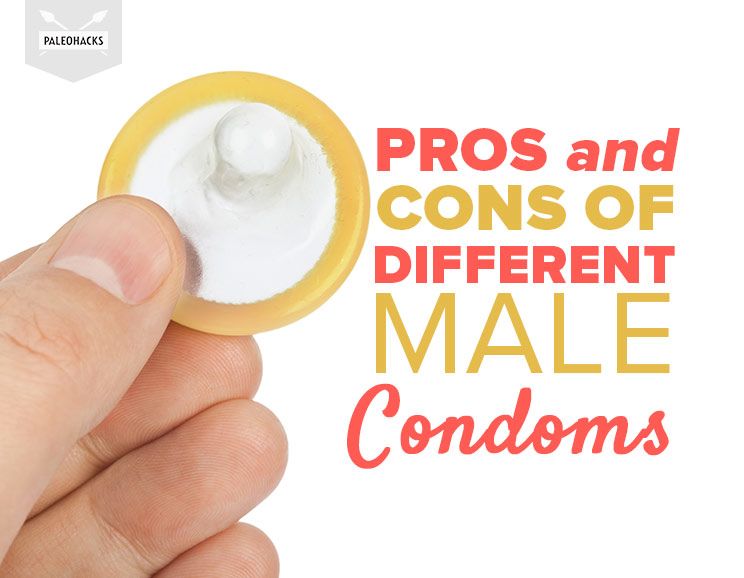
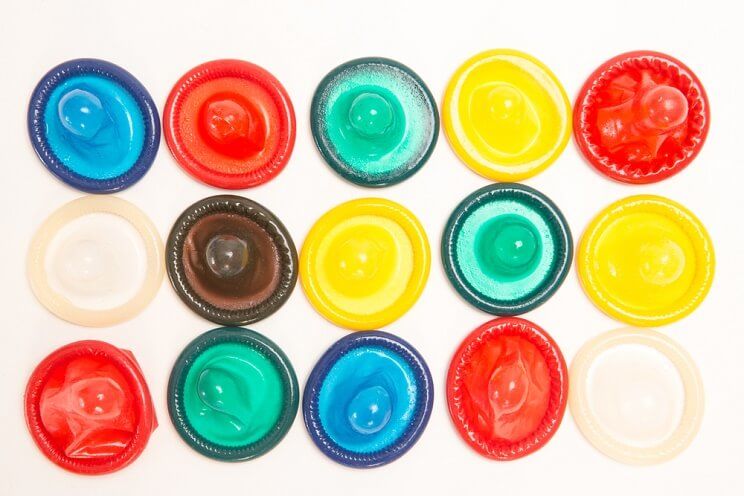
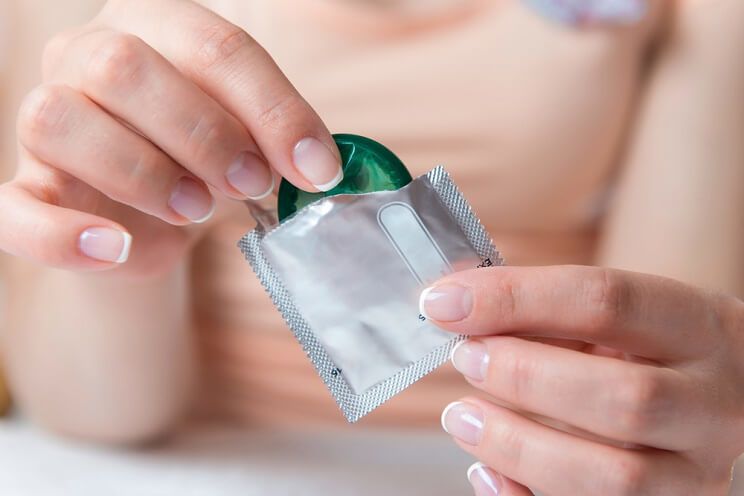


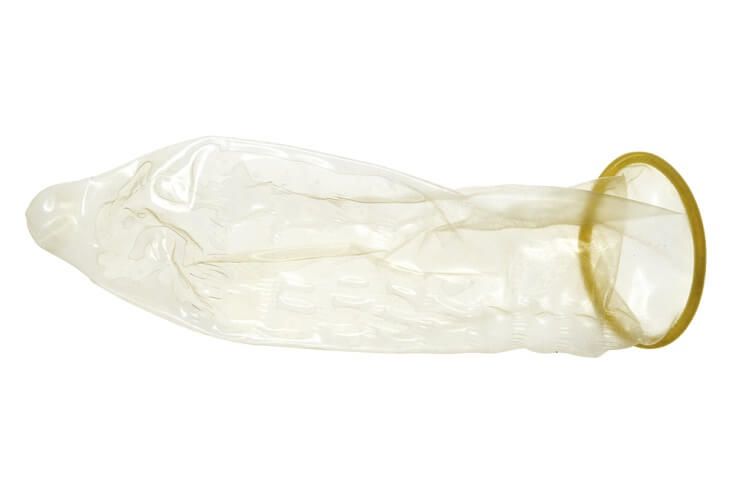


 Camel Milk vs Cow Milk
Camel Milk vs Cow Milk

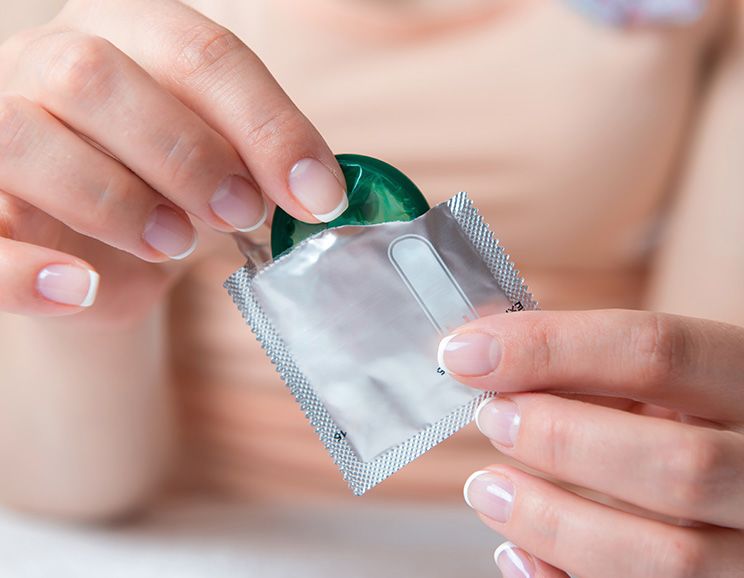



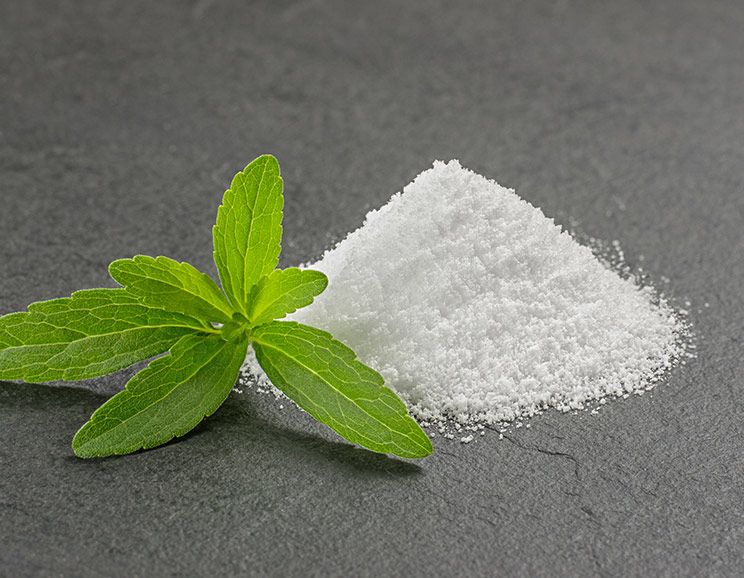


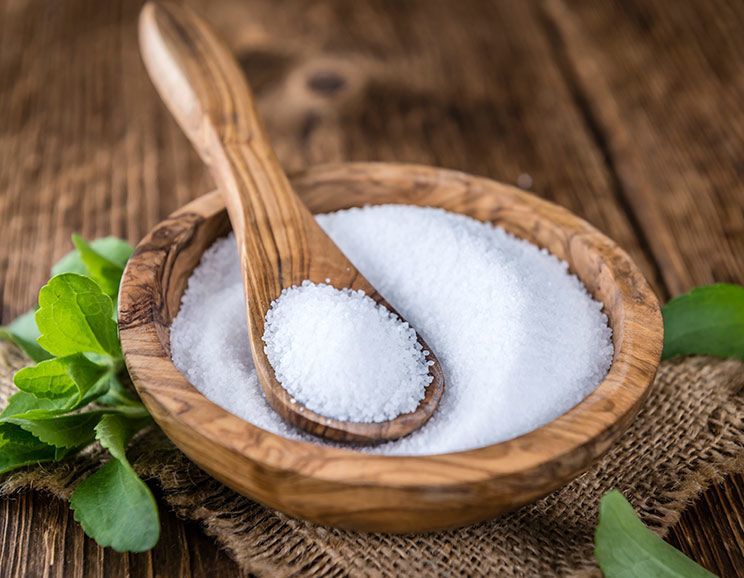
Show Comments